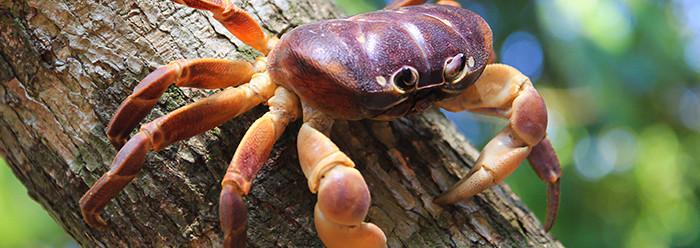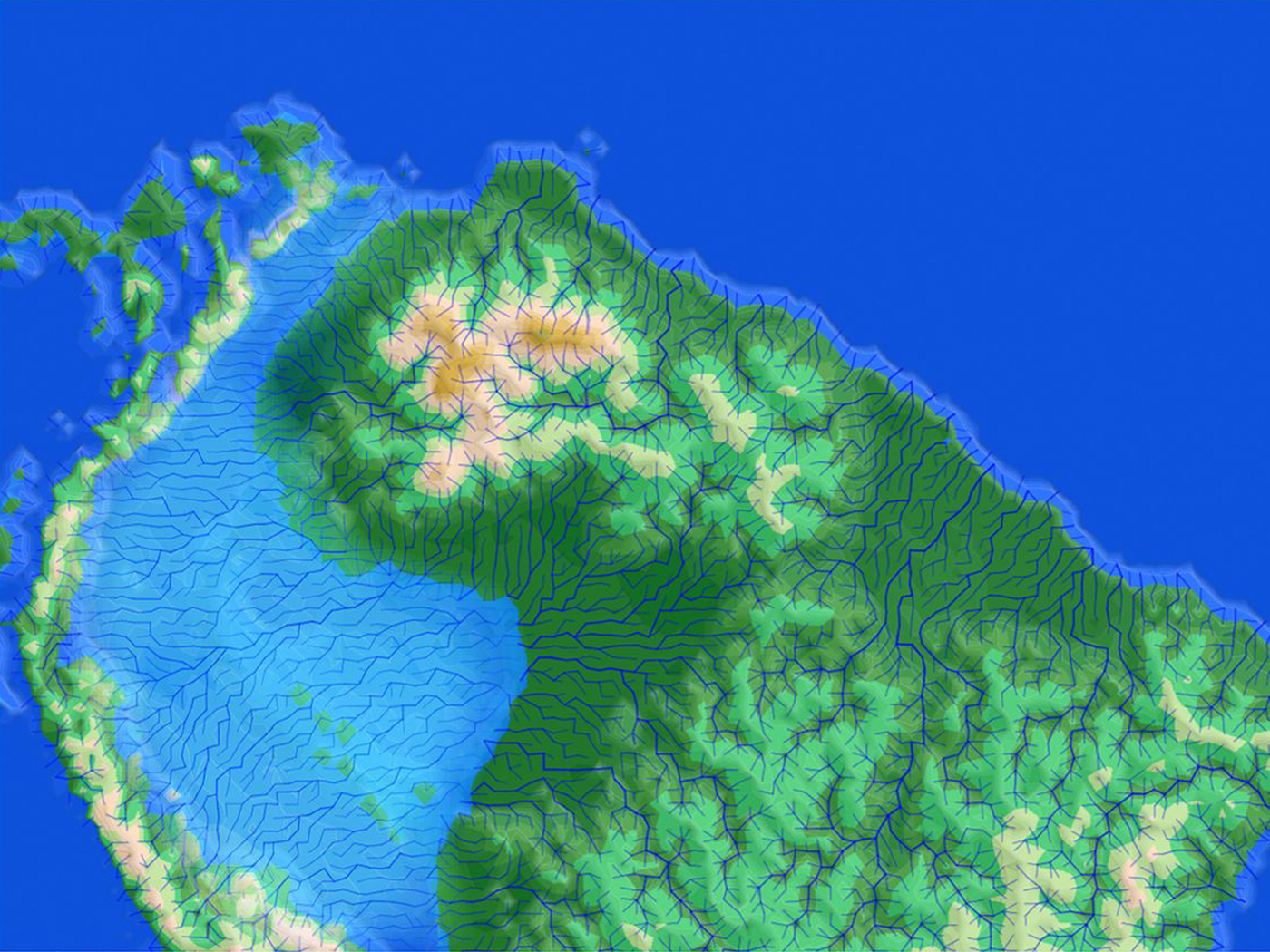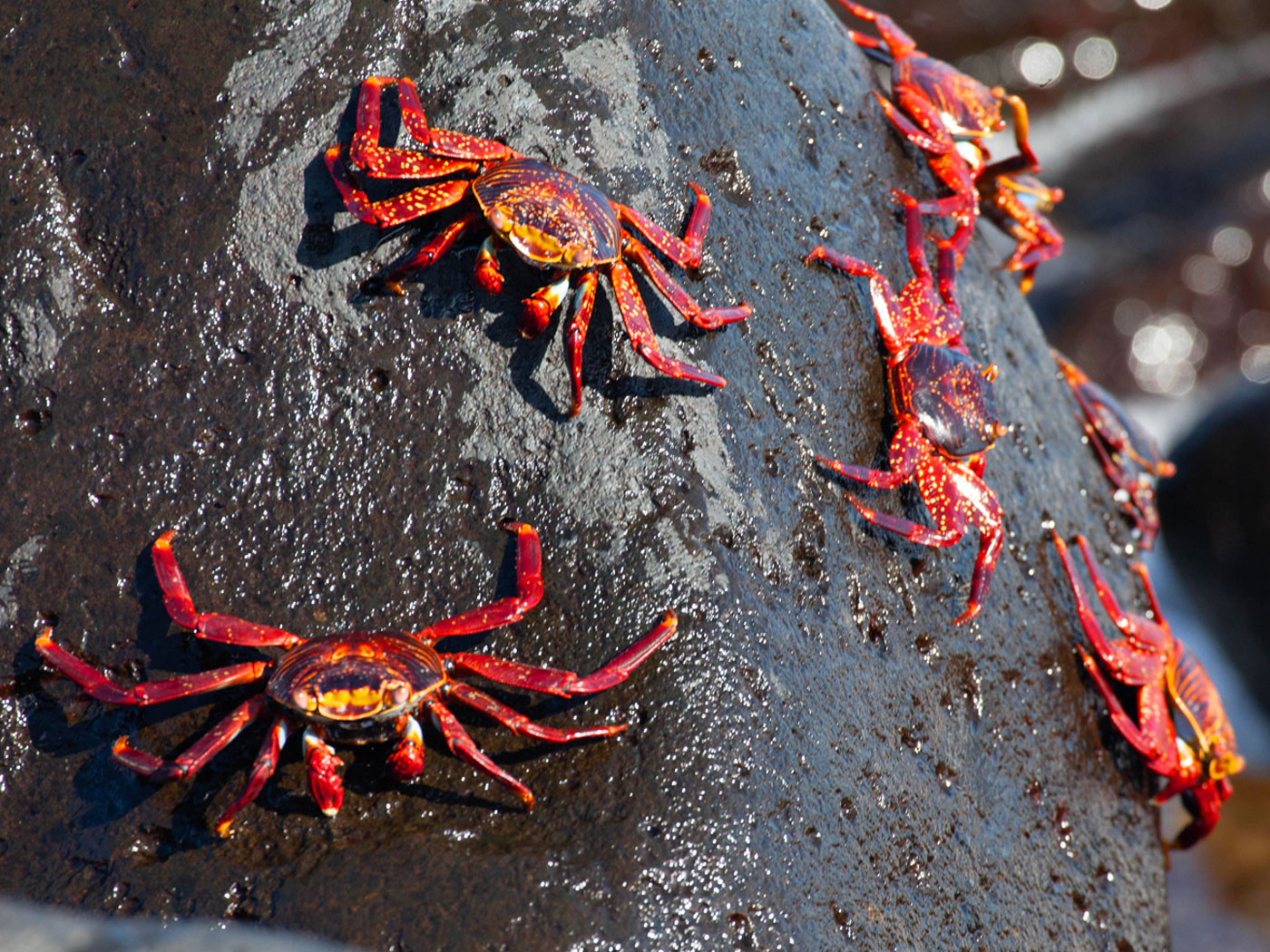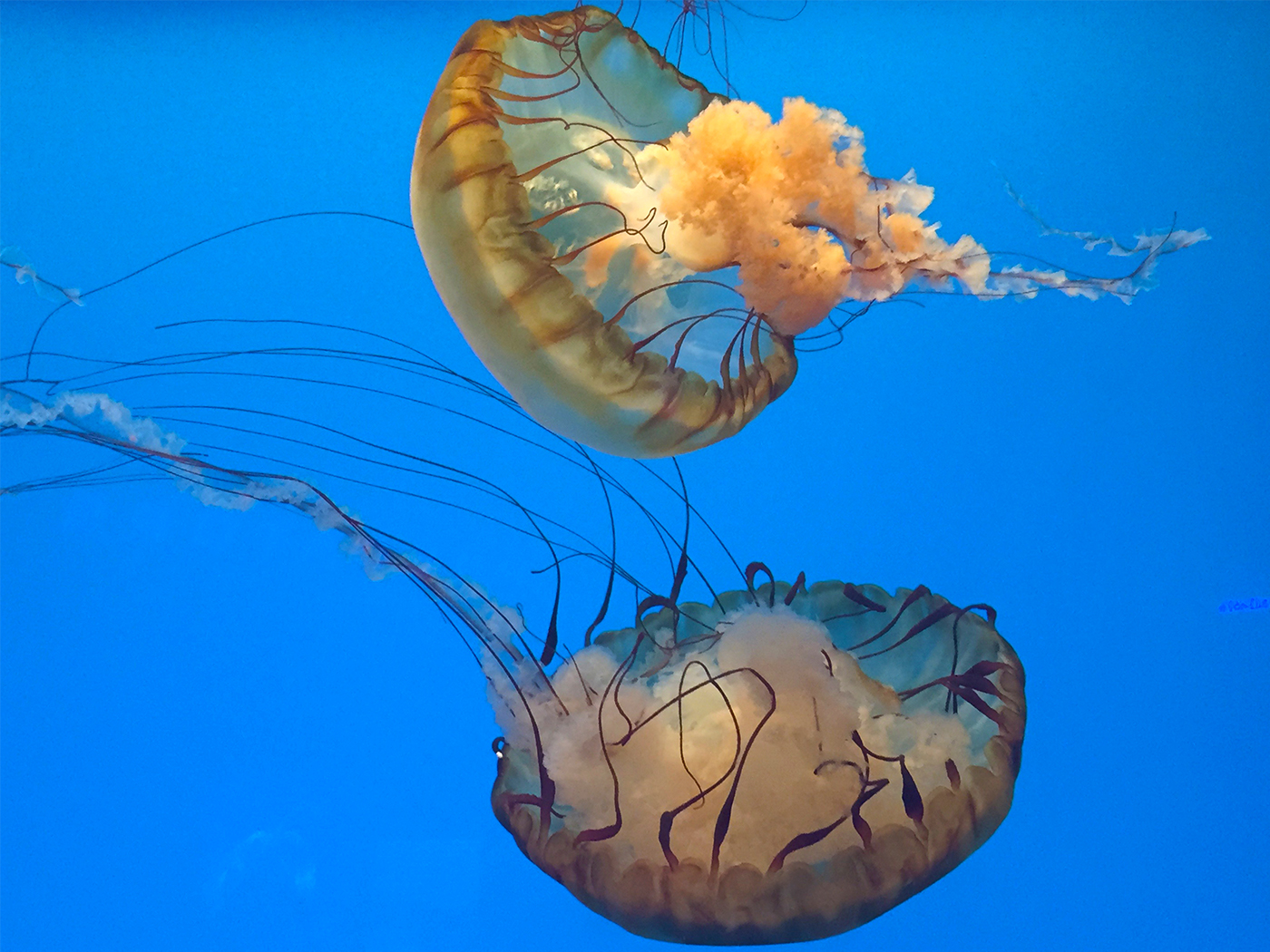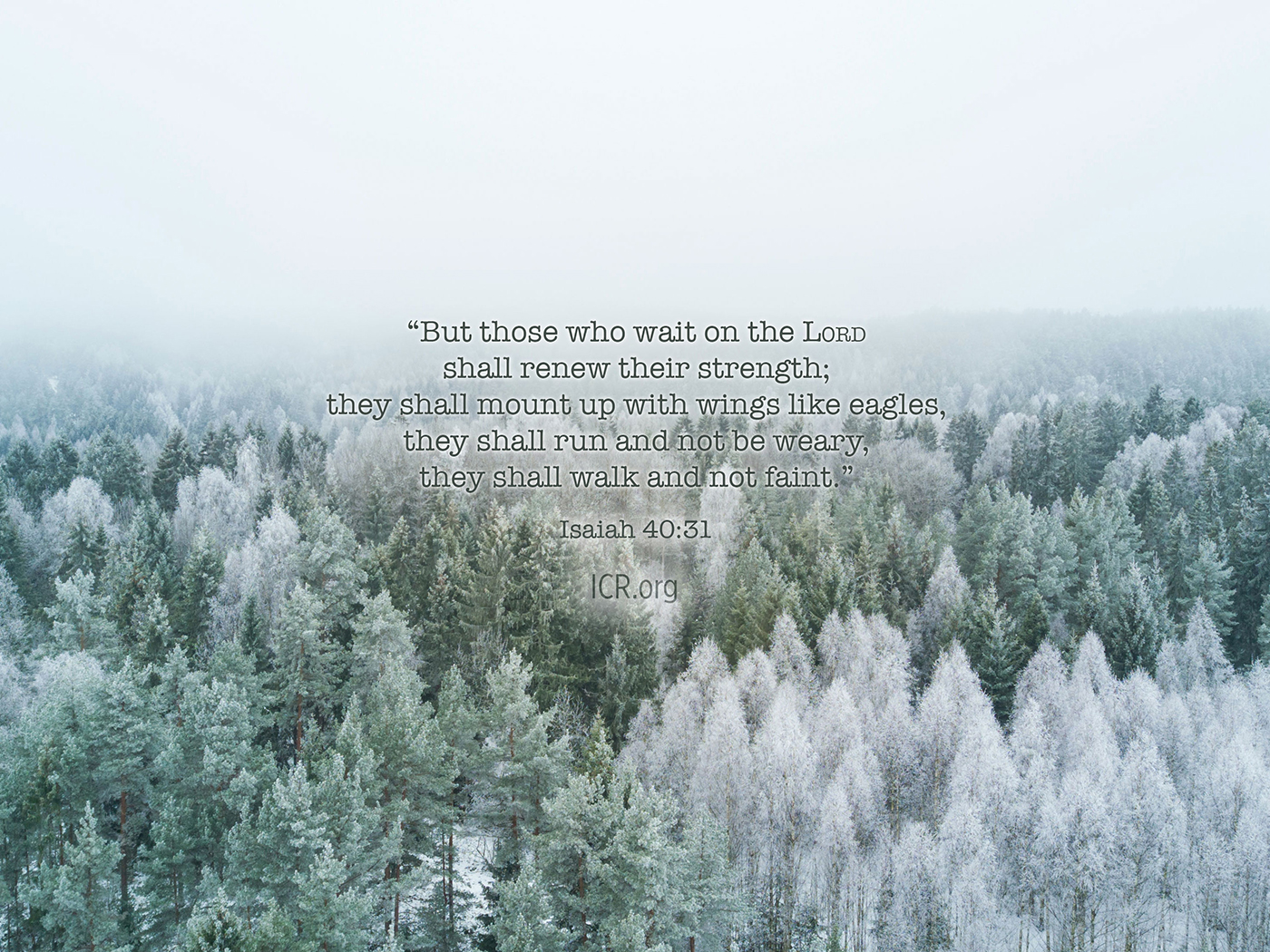Paleontologists found bits of crustacean shell inside well-preserved dinosaur dung. Besides being a first-time discovery, these dietary supplements challenge the herbivore status of the hadrosaurs that ate them. They also raise questions about why dinosaurs would deviate from their normal diet.
Paleontologists found bits of crustacean shell inside well-preserved dinosaur dung ![]()
The description was published in Scientific Reports and showed that the herbivorous hadrosaurs ate animals.1 Researchers found dark, shell-like material in 10 of 15 fossilized excrement specimens called coprolites. The study authors wrote, “Equally telling is that some of the shell-like material is configured in tubular structures that signify appendages; the thickened cross-section and irregular lumen [inner spaces] of a >4 mm diameter section of the material resembles the structure of extant decapod claws.”
Hadrosaurs were supposed to be strict herbivores. Why would they eat crabs?
The coprolites with crab shell fragments also contained rotten wood fragments. Surely old wood and crabs were not the ideal diet for animals with hundreds of razor-like teeth designed to slice plant matter with their scissor-action jaws. Perhaps the dinosaurs ran out of regular food and died with substitute food still inside them. The study authors wrote, “This hypothesis infers that the rotting wood and invertebrates offered a diet of last resort.”1
Hadrosaurs were supposed to be strict herbivores. Why would they eat crabs? ![]()
The only way to know with certainty why these hadrosaurs deviated from their otherwise very herbivorous diet would be to travel back in time to watch them, their surroundings, and behaviors. But if they were forced into a diet of last resort, then times were tough—just as one would expect during continent-covering floods.2
Another spectacular fossil find, published in PeerJ, revealed frog bones inside a fossilized salamander gut—almost as unexpected as hadrosaurs eating crabs.3 Salamanders today eat insects and small fish, but not frogs. The PeerJ press release accompanying the report asked, “Was it a last resort meal or a customary choice for this species? This, unfortunately, will probably never be known.”4
Clues other than possible last-resort meals suggest that dinosaurs and other animals were enduring strange and harsh trials during their final days. For example what appear to have been abnormally vast and temporary mud flats preserved dinosaur trackways. Dinosaurs also laid eggs on vast mud plains instead of diligently constructed nests.5 Plus, mud covered whole herds of these huge animals en masse, preserving them as vast fossilized dinosaur graveyards. None of these events happen under normal circumstances.
None of these events happen under normal circumstances. ![]()
Even if one imagines it was even somewhat normal for plant-eating dinosaurs to eat through rotting logs to get at crabs, this discovery shows they don’t fit the traditional category of herbivore very well anymore. Other examples of odd diets help break category molds. Modern crocodiles that many consider strict carnivores eat plenty of plant material, including watermelons.6 Deer sometimes scavenge animal carcasses.7 The coprolite study authors considered bears as opportunistic omnivores, since they eat crabs out of rotten wood, too.
Like the ancient salamander and like living animals, hadrosaurs were apparently more opportunistic than many expected. And the strange, mud-filled world in which they died suggests they may have taken their opportunism to extremes with their last meals during their final days on Earth.
References
- Chin, K., R. M. Feldmann, and J. N. Tashman. 2017. Consumption of crustaceans by megaherbivorous dinosaurs: dietary flexibility and dinosaur life history strategies. Scientific Reports. 7: 11163.
- Clarey, T. Solving the Missing Tropical Dinosaurs Mystery? Creation Science Update. Posted on ICR.org July 9, 2015, accessed October 2, 2017.
- Tissier, J., J.-C. Rage, and M. Laurin. 2017. Exceptional soft tissues preservation in a mummified frog-eating Eocene salamander. PeerJ. 5: e3861.
- Ancient petrified salamander reveals its last meal. PhysOrg. Posted on phys.org October 3, 2017, accessed October 4, 2017.
- Oard, M. J. 2011. Dinosaur Challenges and Mysteries. Atlanta, GA: Creation Book Publishers.
- Barras, C. Crocodiles may need their fruity five-a-day. New Scientist. Posted on newscientist.com July 30, 2013, accessed October 2, 2017.
- Landers, J. Bambi Ate Thumper: Why herbivores sometimes eat meat. Slate. Posted on slate.com November 16, 2012, accessed October 4, 2017.
*Brian Thomas is Science Writer at the Institute for Creation Research and earned his M.S. in biotechnology from Stephen F. Austin State University.
Article posted on October 16, 2017.




